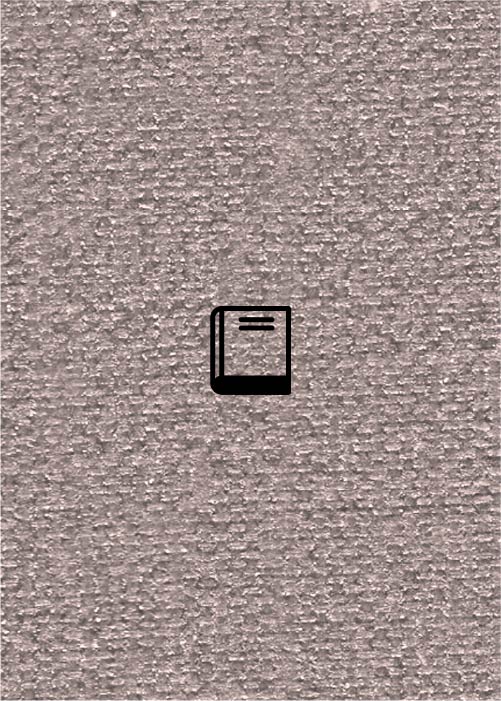(99 results found)

Hebraeisch-orientalischer Melodienschatz, [G] 1914-32
… music), preceded by an introductory section about the Jews, their culture and languages, and their music … … Psalmody … Score … Abraham Zvi Idelsohn … Hebraeisch-orientalischer Melodienschatz, [G] 1914-32 …

Hebraeisch-orientalischer Melodienschatz, 01[E]: Gesaenge der jemenischen Juden [Songs of the Yemenite Jews]
… Also exists in German and Hebrew. Music of Yemenite Jews in Jerusalem. Includes an introductory essay on their … … Jerusalem … Yemenite … Abraham Zvi Idelsohn … Hebraeisch-orientalischer Melodienschatz, 01[E]: Gesaenge der jemenischen Juden [Songs of the Yemenite Jews] …

Hebraeisch-orientalischer Melodienschatz, 01[G]: Gesaenge der jemenischen Juden
… Also exists in English and Hebrew. Music of Yemenite Jews in Jerusalem. Includes an introductory essay on their … … Jerusalem … Yemenite … Abraham Zvi Idelsohn … Hebraeisch-orientalischer Melodienschatz, 01[G]: Gesaenge der …

Hebraeisch-orientalischer Melodienschatz, 02[E]: Gesaenge der babylonischen Juden [Songs of the Babylonian Jews]
… Also exists in German and Hebrew. Music of Babylonian Jews (and Kurdish Jews). Includes an introductory essay on their customs, … … Songs … Baghdadi … Abraham Zvi Idelsohn … Hebraeisch-orientalischer Melodienschatz, 02[E]: Gesaenge der …

Hebraeisch-orientalischer Melodienschatz, 02[G]: Gesaenge der babylonischen Juden
… Also exists in English and Hebrew. Music of Babylonian Jews (and Kurdish Jews). Includes an introductory essay on their customs, … … Songs … Baghdadi … Abraham Zvi Idelsohn … Hebraeisch-orientalischer Melodienschatz, 02[G]: Gesaenge der …

Hebraeisch-orientalischer Melodienschatz, 03[G]: Gesaenge der persischen, bucharischen und daghestanischen Juden
… exists in Hebrew. Music of Persian, Bukharan and Daghestani Jews. Includes an introductory essay on their life and … … Eastern Communities … Abraham Zvi Idelsohn … Hebraeisch-orientalischer Melodienschatz, 03[G]: Gesaenge der …

Hebraeisch-orientalischer Melodienschatz, 04[G]: Gesaenge der orientalischen Sefardim
… Also exists in Hebrew. Music of Sephardi Jews in the Mediterranean - local traditions and the … … Eastern Sephardi … Abraham Zvi Idelsohn … Hebraeisch-orientalischer Melodienschatz, 04[G]: Gesaenge der orientalischen Sefardim …

Hebraeisch-orientalischer Melodienschatz, 05[G]: Gesaenge der marokkanischen Juden
… Also exists in Hebrew. Music of the Moroccan Jews. Includes an introductory essay on their relationship with Spanish Jews, their pronunciation of Hebrew, and their music (modes … … Score … Sephardi … Abraham Zvi Idelsohn … Hebraeisch-orientalischer Melodienschatz, 05[G]: Gesaenge der …

Hebraeisch-orientalischer Melodienschatz, 06[E]: Der Synagogengesang der deutschen Juden im 18. Jahrhundert [The Synagogue Song of the German Jews in the 18th Century]
… Also exists in German. Synagogue music of the German Jews in the 18th century, according to manuscripts. Includes … … Western Ashkenazi … Abraham Zvi Idelsohn … Hebraeisch-orientalischer Melodienschatz, 06[E]: Der Synagogengesang … Juden im 18. Jahrhundert [The Synagogue Song of the German Jews in the 18th Century] …

Hebraeisch-orientalischer Melodienschatz, 06[G]: Der Synagogengesang der deutschen Juden im 18. Jahrhundert
… Also exists in English. Synagogue music of the German Jews in the 18th century, according to manuscripts. Includes … … Western Ashkenazi … Abraham Zvi Idelsohn … Hebraeisch-orientalischer Melodienschatz, 06[G]: Der Synagogengesang …


